Top Tips for the Perfect Coffee Grind
We love featuring expert opinions, coffee tips and recipes! This guest post has been submitted by RedBer Coffee Roasters, our friends and independent coffee roasters. If you've got an idea for an article and you'd like to be featured on the Barista & Co Journal, get in touch with Beth by emailing her at beth@baristaandco.com.
At Redber, we grind coffee to four different specifications: espresso, fine, filter, and cafetiere. An espresso grind is the finest and a cafetiere grind is the coarsest. The type of grind that you need depends on how you make your coffee. Different brewing methods expose the coffee to the hot water for different lengths of time. The shorter the time, the smaller the grind.
- Espresso Machine — Espresso grind
- Aeropress/Moka-Pot/Stovetop — Fine grind
- Filter machines/Pour Over/Drip — Filter grind
- Cafetiere — Cafetiere grind

It will take some experimentation to learn which grind setting works perfectly for your brewing method. Try using factory settings, then test a grind setting either side of that to see how it impacts the taste of your coffee.
Accurately Measuring Your Beans
When brewing at home, you should always use an accurate coffee scale to measure the correct weight of your coffee beans that you will be grinding. Measuring your coffee will allow you to replicate the exact same coffee you brew consistently and is far more accurate that measuring by eye. It’s also worth noting that some of the coffee grinds will remain on the burrs in your grinder, and the weight of the beans may not be the same coming out as it is going into the grinder. Accurate coffee measurements are essential for the perfect espresso!
Purging Your Automatic Grinder
Automatic grinders mean that the beans will be held in a hopper (a container above the grinder that feeds into it) that then get ground automatically to the grind size you’ve set the grinder settings to. When using an automatic grinder that doses, it’s important to clean or “purge” the grinder each time you change the grind size setting. This is easily done and involves switching the grinder on to run through for a few seconds to clear out the remanence of the previous coffee grinds at a different size. We do this so that you don’t get a mix of old grinds and new grind size together and that affecting your desired coffee recipe.
Dialling In Espresso
‘Dialling in’ a coffee grinder is essentially sussing out the correct grind size for a specific coffee or espresso recipe. A common espresso or coffee recipe would be approx. 18 grams of coffee in, 37 grams out, in 25-30 seconds. This recipe becomes the outcome which you are seeking to reach on your espresso machine. You do this by changing the grind size on the machine until you can get 37 grams of coffee out in 25-30 seconds. This tweaking and changing does take some time to achieve and typically requires an espresso grinder.

Freshness and Age Of Your Beans
Being a roast to order, speciality coffee roastery, we whole heartedly believe that this is an extremely important part of your coffee brewing process.
The freshness of the coffee beans you are grinding will impact the grind setting you need to use on your grinder. You may quickly realise that the grind setting you deemed excellent for a batch of beans a few weeks ago is now under-or over-extracting your coffee recipe. This is because the complex compounds within your coffee beans create your final cups aroma and flavour notes. These compounds are not particularly stable, and when they interact with air they oxidise, and create different molecules with desirable aroma and flavour profiles when brewed as a coffee. When grinding your fresh coffee beans, you start the oxidation process. This is a good thing if you brew straight away, however the longer you wait, the staler your coffee becomes, and these delightful coffee flavours become acidic, and dull resulting in a bad cup of coffee. Fresh is always best!
Roast Profile
Yes! Roast profile can play a part in your grinding, the darker the roast profile, the more brittle the bean will be and the more soluble they are because they have been exposed to heat in the roaster longer. Subsequently, darker roasts should be grinded slightly coarser for any given brewing style vs lighter roasts. In addition to roast profile, the altitude at which the coffee bean has been grown can affect your grinding. You will find that any new batch of coffee, whether it’s a different bean or blend to that which your grinder is used to will require a little tweaking here and there to achieve the correct grind for your brew.

Extraction
We grind coffee beans to prepare the coffee for extraction by exposing more of the coffee surface area to the hot water we brew with. When making coffee the roasted beans are bought into direct contact with the hot water that extracts the flavour of bean, resulting in a delicious cup of coffee.
Brewing coffee isn’t an exact science when it comes to grinding, and the problem lies with the process of extraction. Extraction isn’t as simple as it appears and can easily extract too much or too little from the coffee beans. A coffee bean is largely insoluble compounds, with 70% of the bean being insoluble. This means that only 30% of your coffee bean is soluble, and the concluding result is subjugated by how much of the 30 percent soluble part of the coffee is extracted in the final brewing process.
If you are looking to grind your own coffee beans, we are a speciality coffee roastery that specialises in roast to order coffee! Meaning your coffee is always as fresh as it can possibly be upon delivery to your home or business.

Whether you're just starting your journey into specialty coffee or you've been brewing fresh at home for years, there is no denying this guest post has been incredibly helpful in helping us work out how to grind coffee. We're big fans of an electric coffee grinder at Barista & Co... do you use a bean grinder at home?
We're always on the lookout for coffee experts to submit a guest post to the journal. Think you've got what it takes? Pitch your article ideas to Beth by emailing her on beth@baristaandco.com.




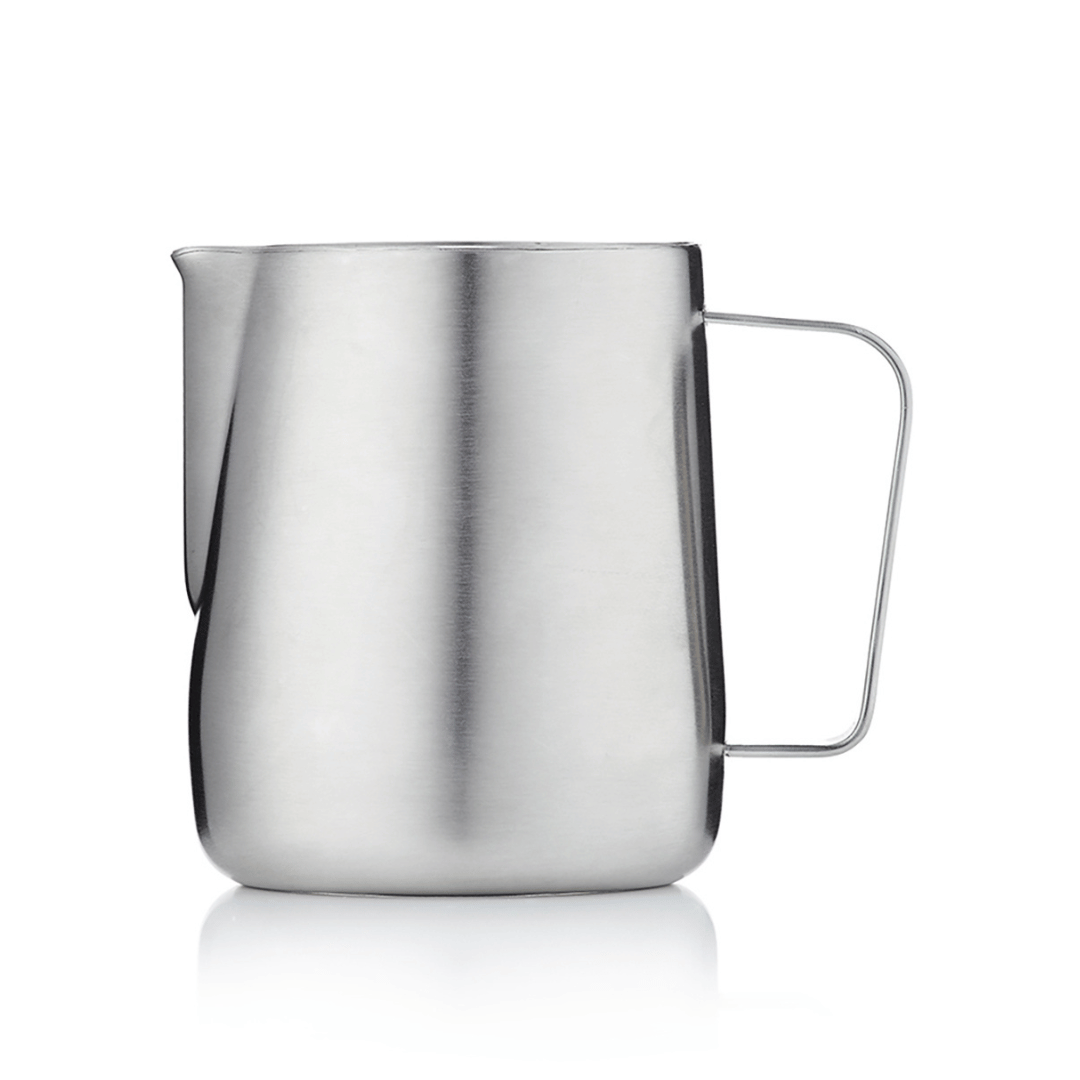
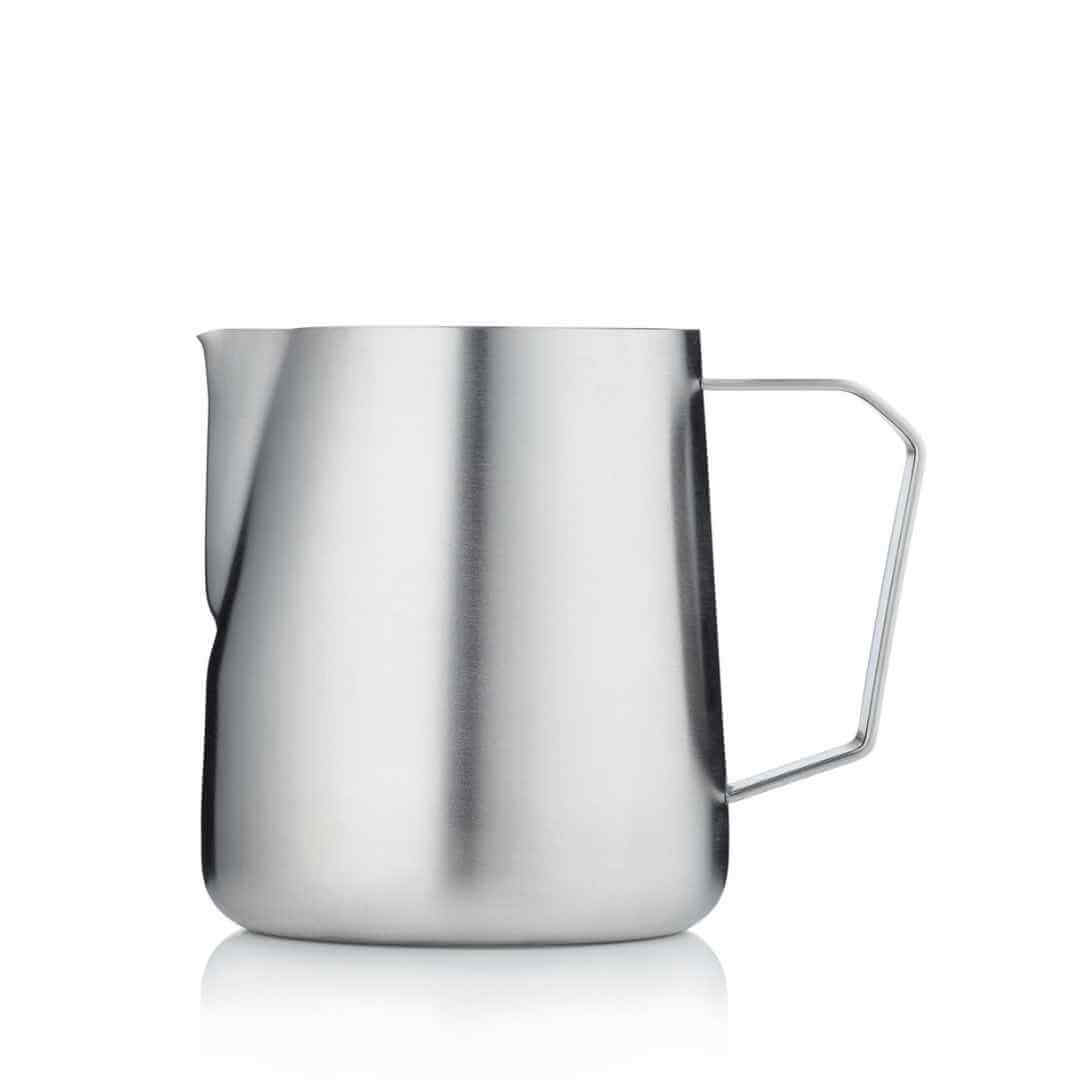
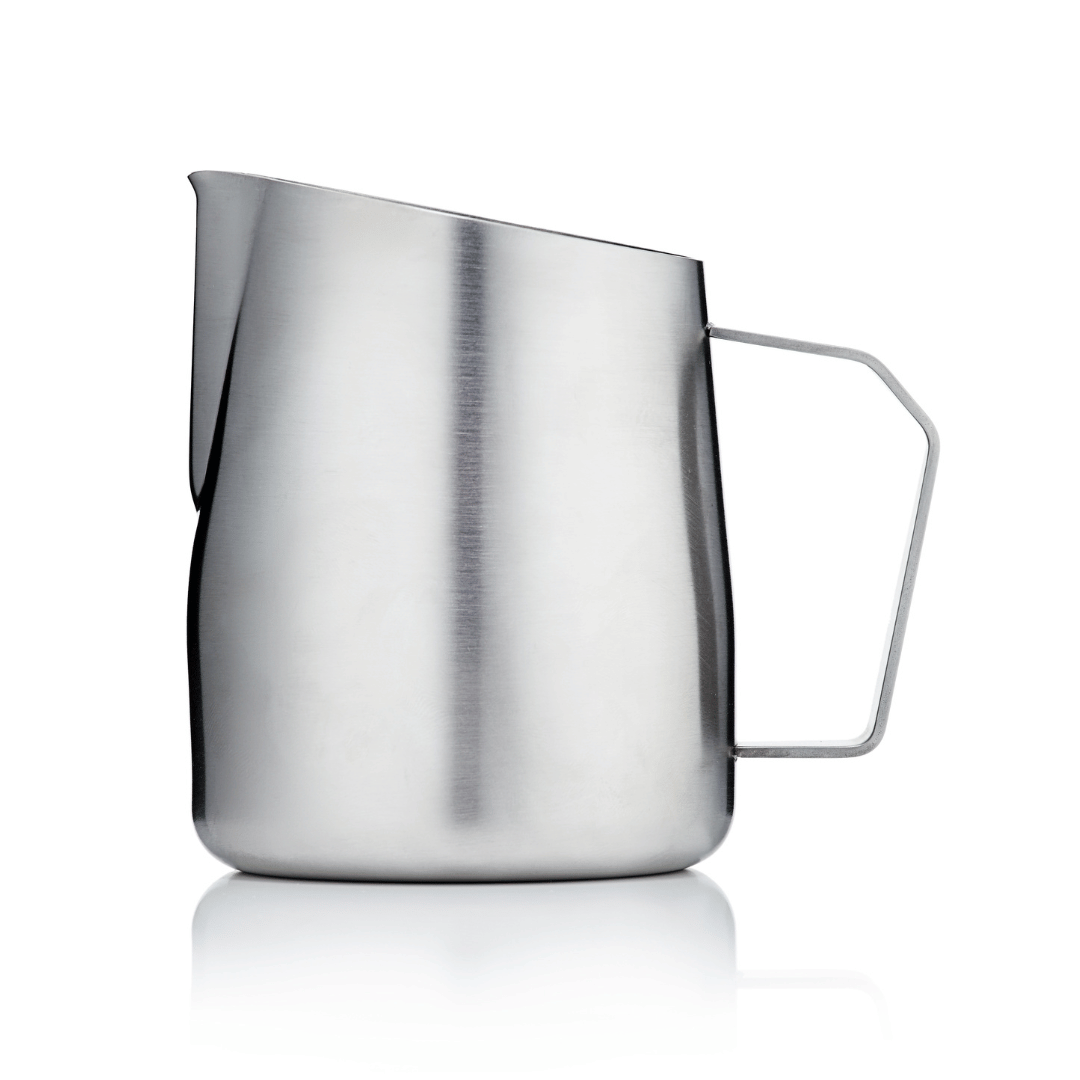
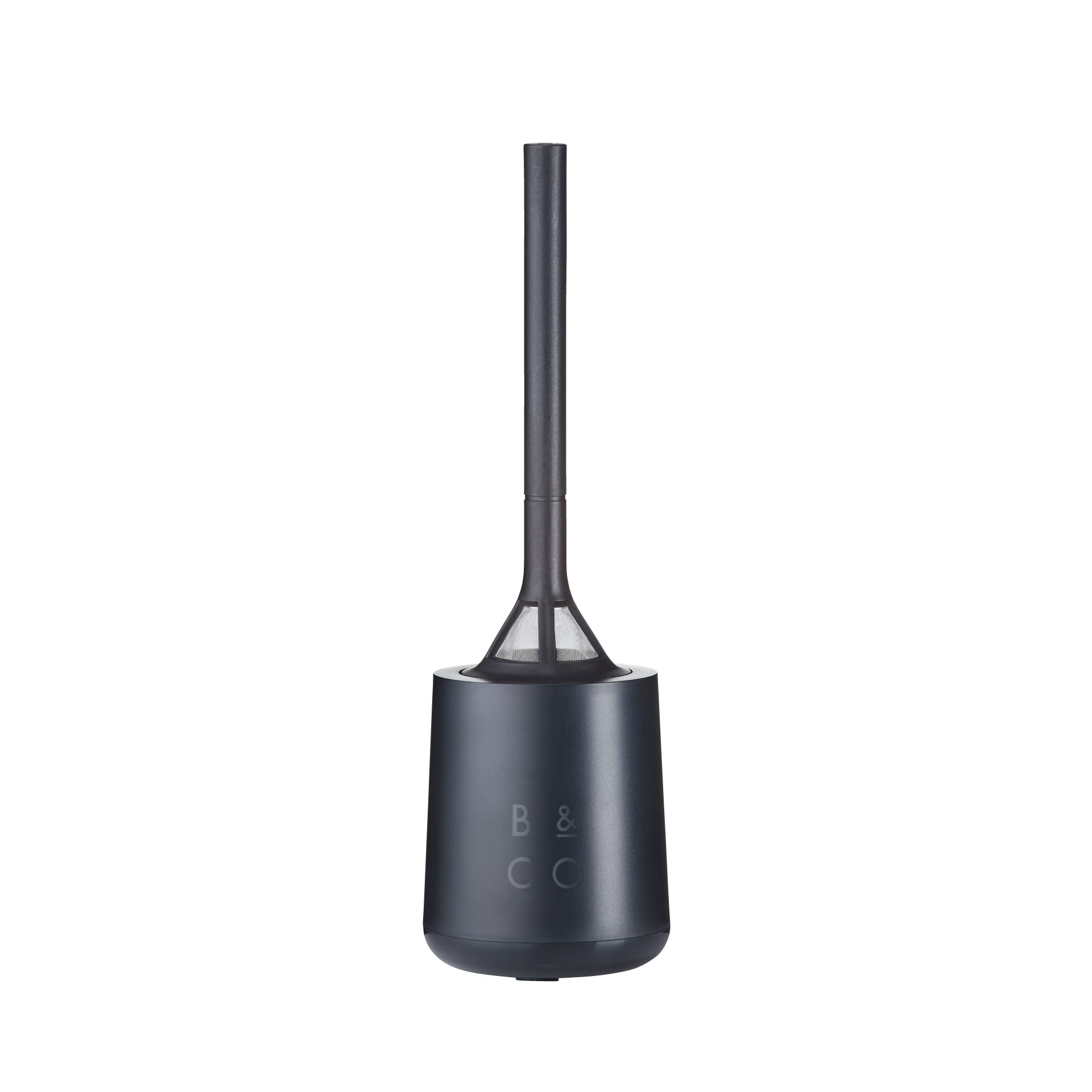
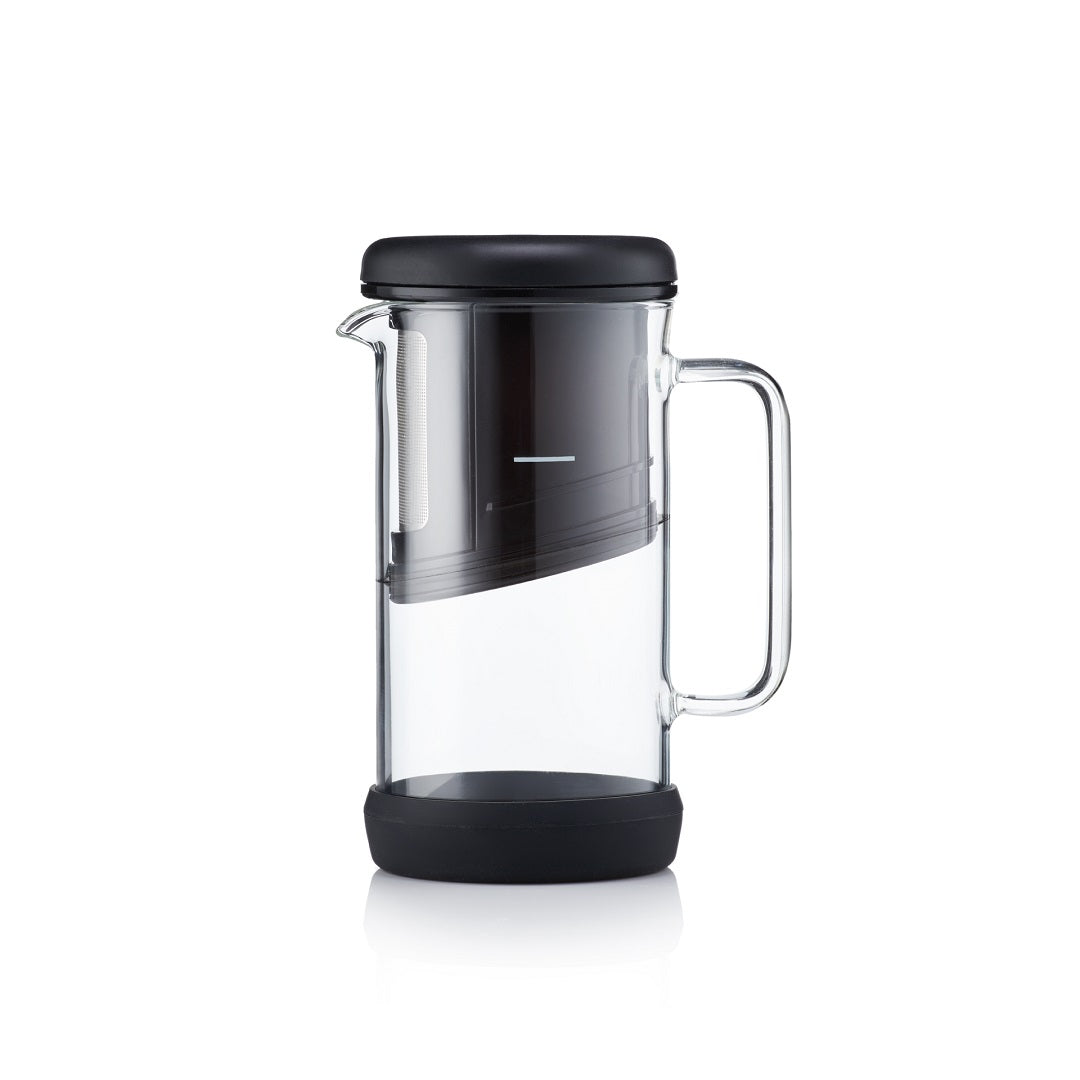
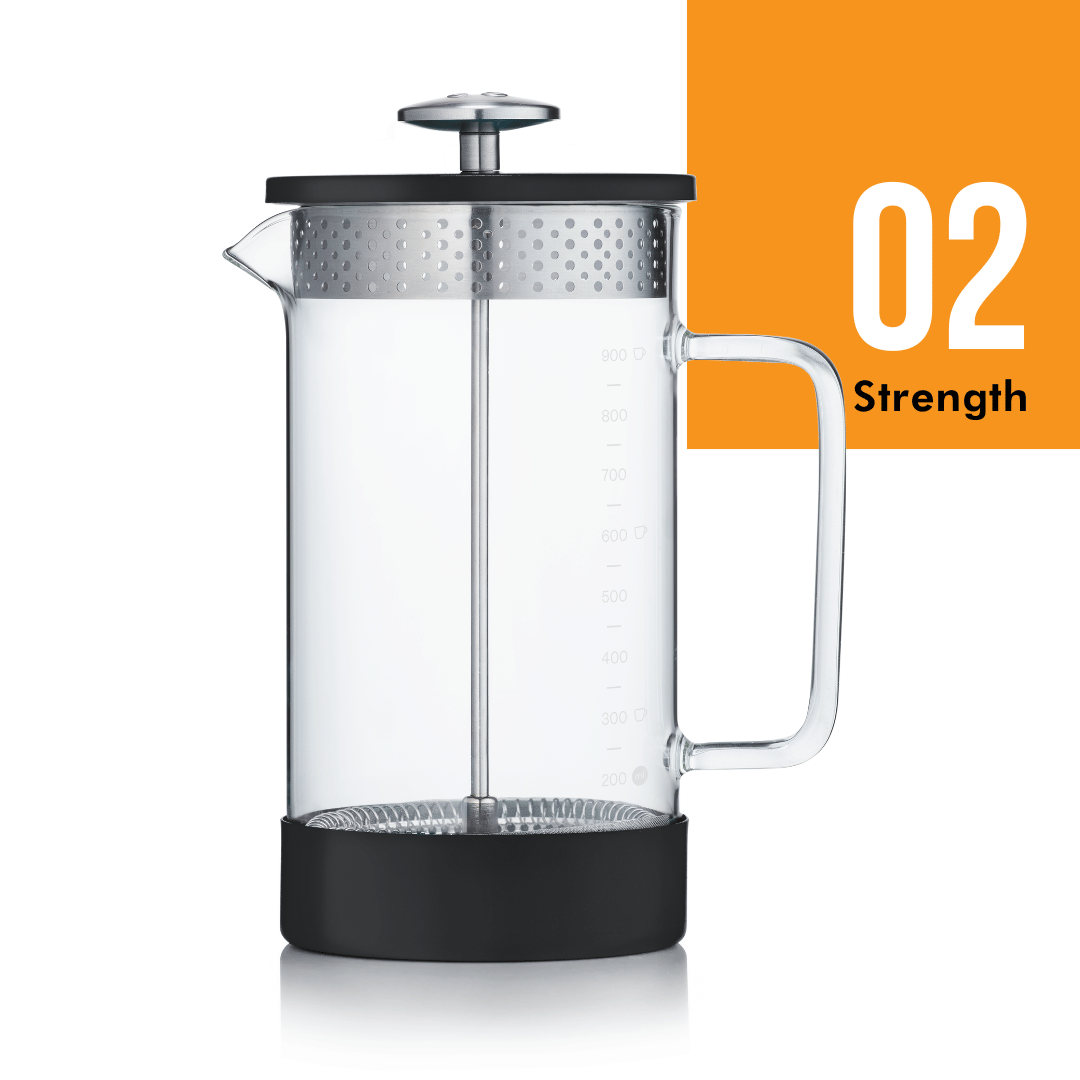
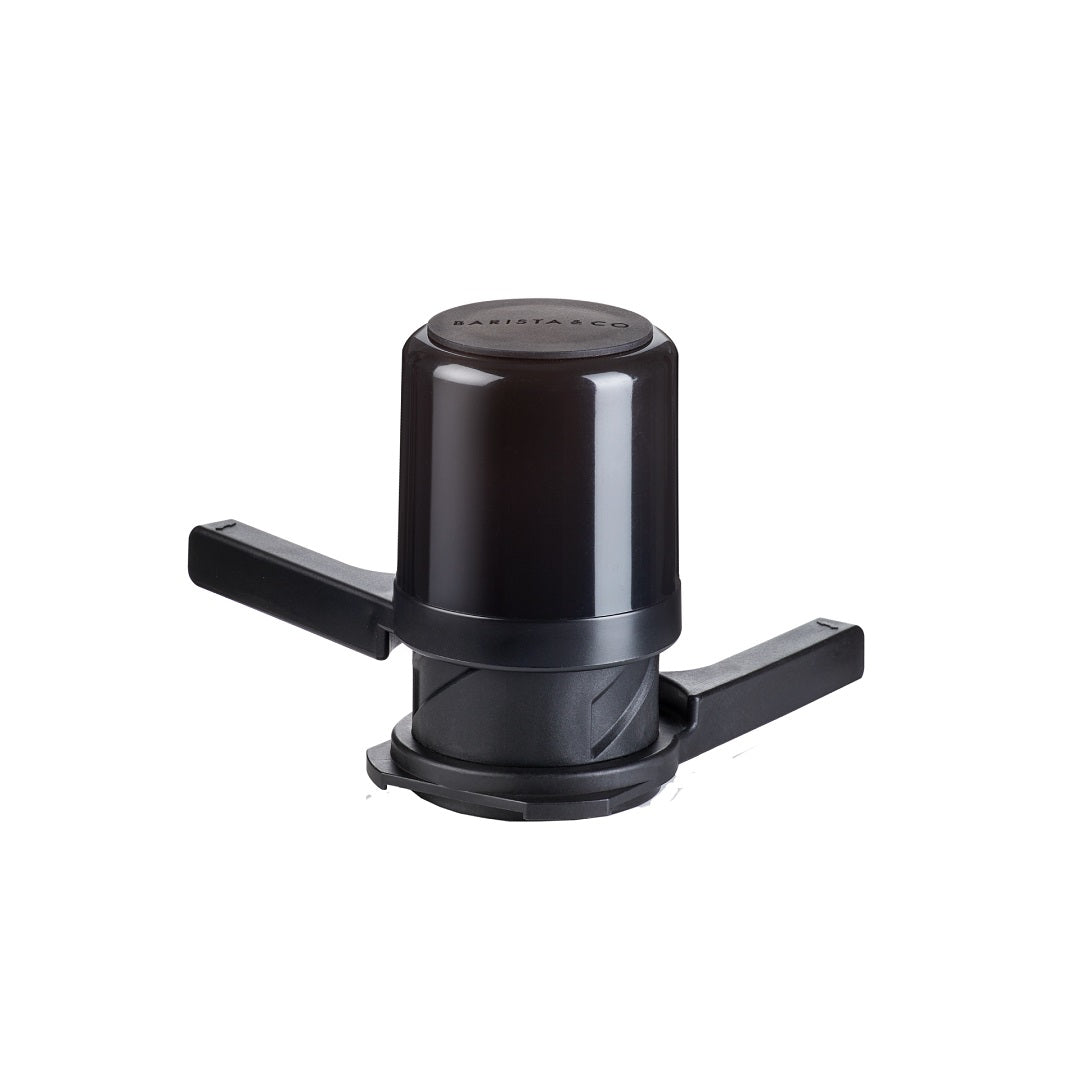
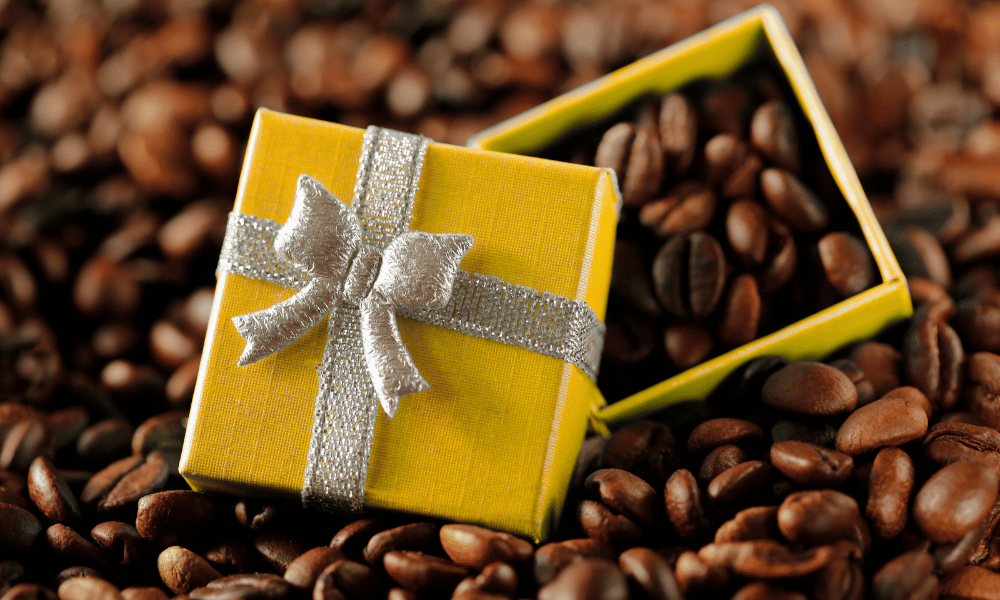
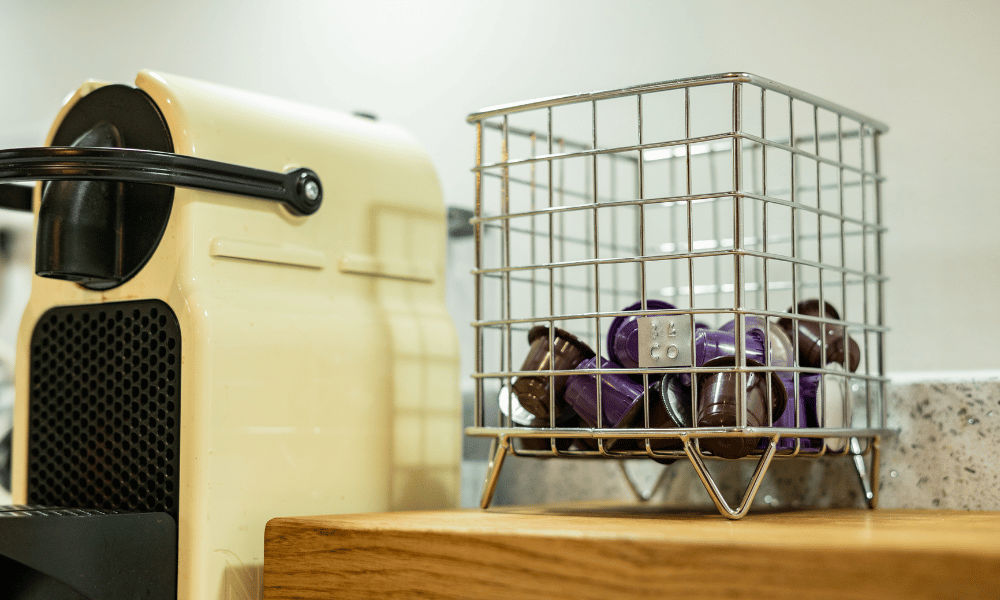


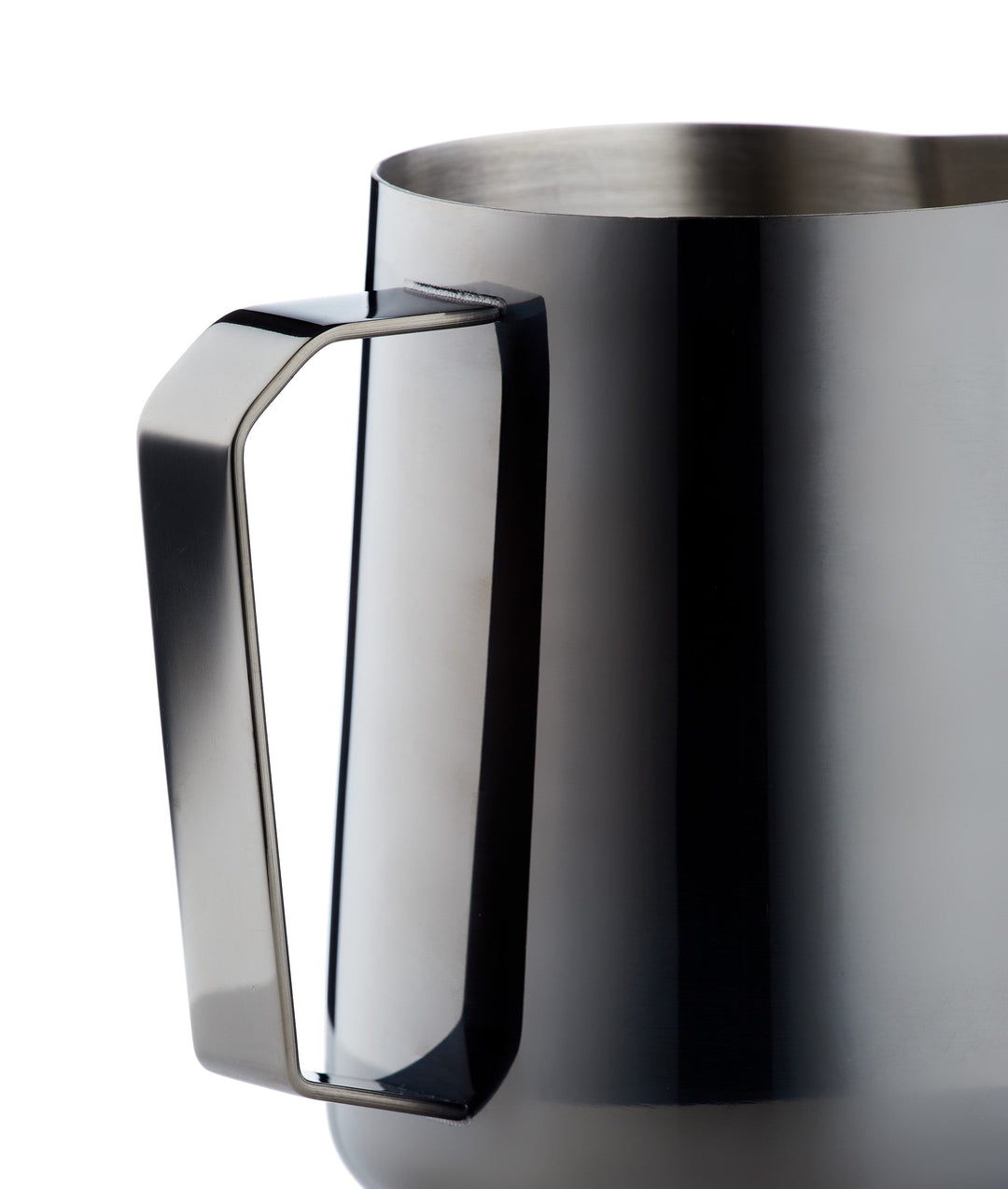
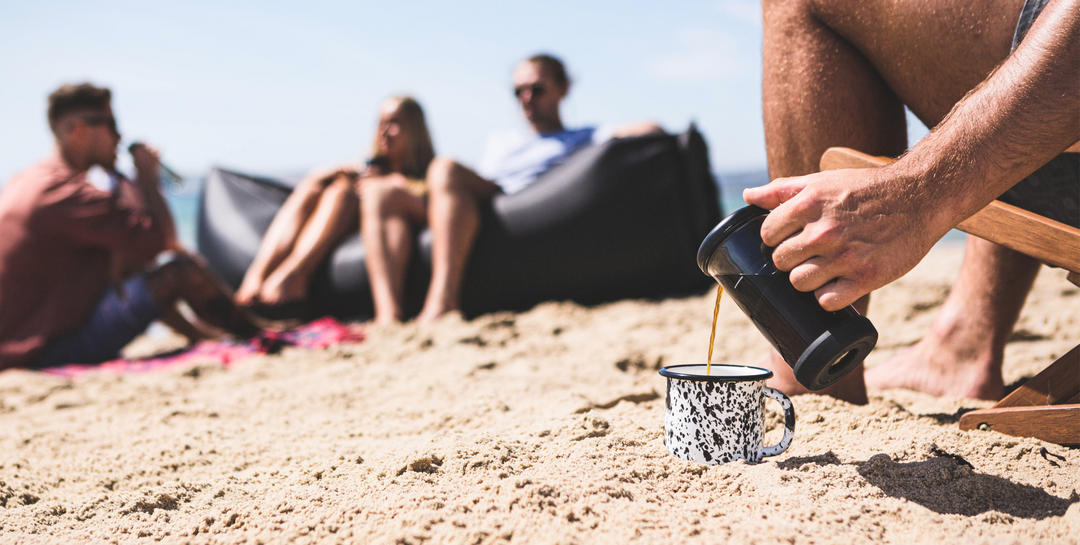
Leave a comment